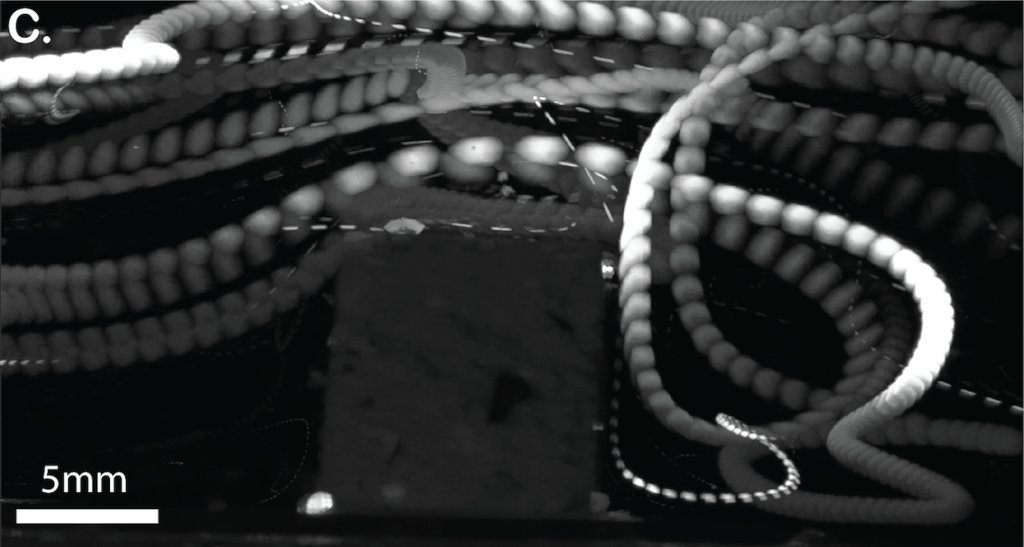
Coral larvae depend on their parents to create nooks and crannies for them so that they can stay, settle and re-establish after a reef has been damaged, according to new findings published this week.
“Storms, floods, and coral bleaching damage coral reefs,” explains Professor Andrew Baird from the ARC Centre of Excellence for Coral Reef Studies at James Cook University. “As reefs recover from these events, they depend on free-swimming coral larvae to attach to a hard surface, grow, and replenish the area.”
Reefs, coral colonies and crevices create complex underwater structures. When turbulence is generated by these structures, it creates eddies that catch the baby corals.
“They can’t swim fast enough to get to suitable settlement sites on their own,” Prof. Baird said. “Coral larvae depend on the structures that help shape these eddies, otherwise they are essentially lost at sea.”
Coral reefs suffer from repeated environmental disturbances, which are only compounded with climate change. Because of this, “there is an urgent need to improve our understanding of the mechanisms underlying different recovery scenarios,” according to the study.
“Scientists have already shown that more complex reef habitats tend to recover faster after disturbances, but until now we didn’t know why,” says Dr. Joshua Madin from Macquarie University. “We’re certain that a large part of this improved recovery is simply that more complex reef structures trap more larvae.”
Dr. Madin adds that new technologies cheaply capturing 3-D structures can be easily added to reef monitoring programs to gauge ‘reef complexity’. Management actions to help reefs recover after damage, and protect reef complexity, include: limiting fishing and tourism practices that directly damage corals and the structures around them; and, encouraging algae-eating fish to the area to prevent algae from growing and smothering corals.
